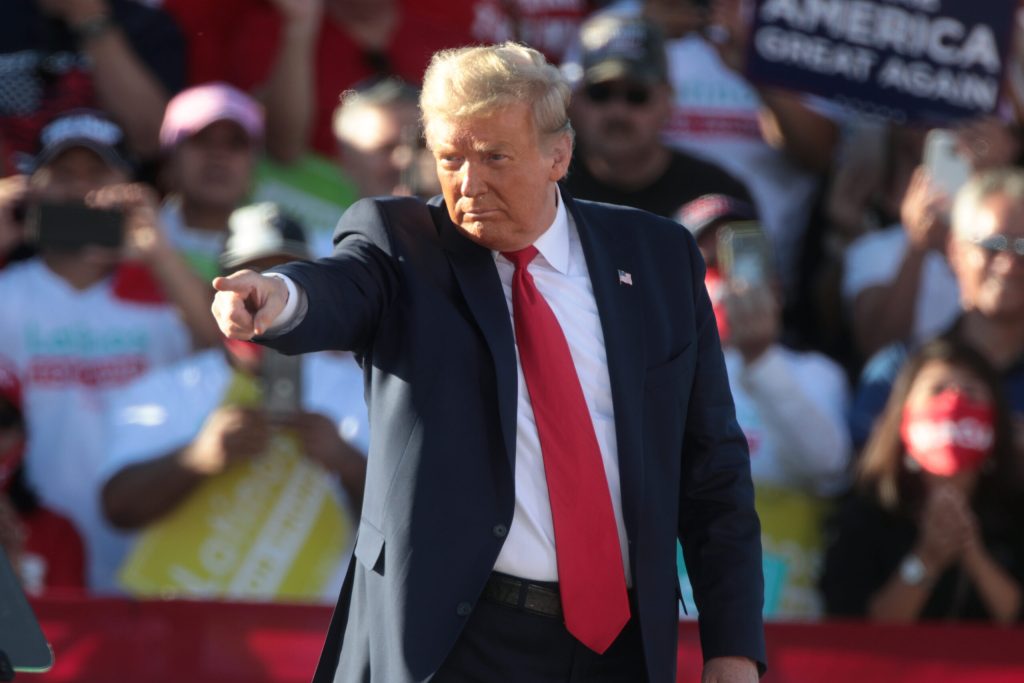President Trump recently took decisive action by removing Erika McEntarfer from her post as Commissioner of the Bureau of Labor Statistics. He accused her of intentionally inflating employment numbers to aid Kamala Harris’s campaign. Citing a significant error, Trump noted that reported job figures were later revised down by nearly one million, a mistake he deemed the worst in over half a century.
National Economic Council Director Kevin Hassett supported McEntarfer’s dismissal, highlighting a “partisan pattern” in the Bureau’s reporting. He stressed the importance of bringing in a “fresh set of eyes” to restore credibility. This move underscores the administration’s commitment to transparency and accountability.
Under President Biden’s administration, a substantial portion of reported job growth comprised government positions funded by taxpayers. In many cases, job growth was primarily in part-time roles, with full-time employment stagnating. The overall workforce participation rate declined, artificially lowering the unemployment rate.
When Biden assumed office, the economy was still recovering from the pandemic’s impact. Unemployment soared to depression-era levels during 2020 and 2021 due to stringent COVID lockdowns. The official unemployment rate peaked at 14.7% in April 2020, the highest since the Great Depression.
By June 2022, employment figures finally matched pre-pandemic levels, yet 22% of the jobs created were in the government sector. This trend persisted, with government positions comprising nearly 25% of all job gains in 2023. Public sector employment grew rapidly, second only to the healthcare industry.
Throughout Biden’s final year, full-time job numbers remained flat, with most growth attributed to part-time roles. December 2024 and January 2025 recorded the most significant decline in full-time employment since the pandemic’s onset. By July 2025, 4.7 million Americans were working part-time due to economic constraints.
The unemployment rate under Biden was further skewed by a declining labor force participation rate. Although it rose slightly from January 2021 to mid-2024, it remained below pre-pandemic levels. Adjusted for population growth, nearly 2 million more Americans were out of the workforce compared to Trump’s tenure.
By July 2025, labor force participation had dropped again, decreasing by 0.5 percentage points over the year to 62.2%. Inflation reached a 40-year high under Biden, significantly impacting real wage growth. While nominal wages increased, they lagged behind rising prices.
Biden’s administration claimed success with rising earnings, but purchasing power diminished. Real wages declined by over 5% since he took office. From January 2021 to May 2024, real average hourly earnings for private sector employees dropped by 2.24%.
Nominal hourly earnings rose 19.2% from January 2021 to December 2024, but prices increased by 21.0% during the same period. This resulted in a 1.5% reduction in real wages. Over the full span from January 2021 to January 2025, wages rose 19.9%, yet prices climbed 21.5%, leading to a 1.3% decline in real average hourly earnings.
Although total employment eventually surpassed pre-pandemic levels, native-born employment lagged behind. Native-born workers held 121,000 fewer jobs than before the pandemic, and 5.5 million fewer than pre-pandemic projections. All net job gains since 2020 went to foreign-born workers.
Native-born Americans experienced a net job loss, despite the increase in total employment. Comparing this to pre-pandemic levels, the job increase was only 3.7 million, falling short of the 6.7 million jobs created under Trump. This left Biden approximately 3 million jobs shy of that benchmark.




1 Comment
Of course; the “BLS Chief Inflated Job Numbers to Benefit Biden” only dizzy or spaced out willfully ignorant idiots didn’t know that the Biden administration was the most corrupt in history alongside Barry Soetoro’s complete fraud presidency! America is being screwed six ways to Sunday!!!